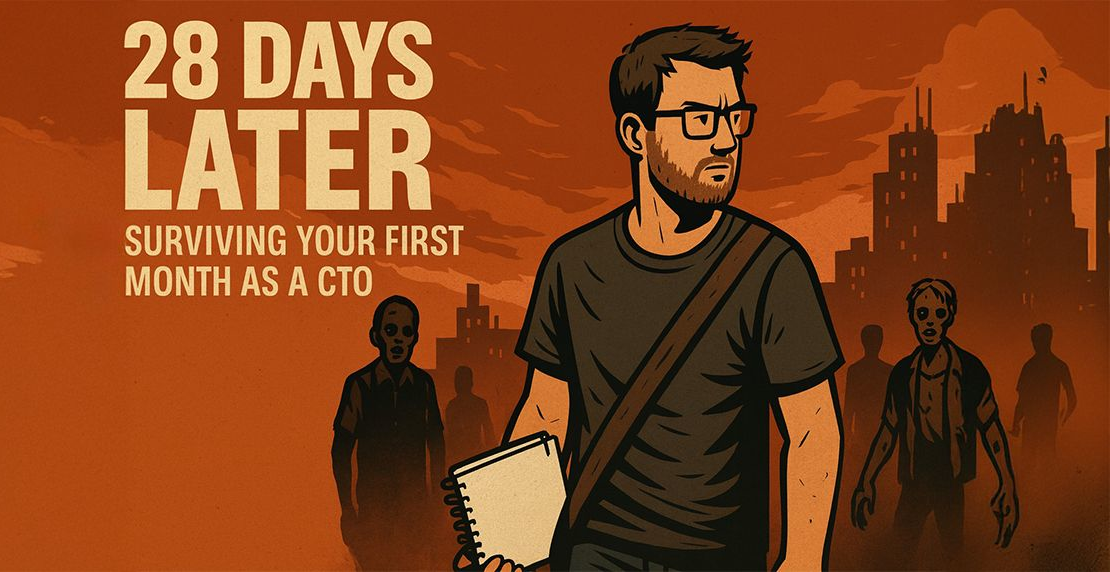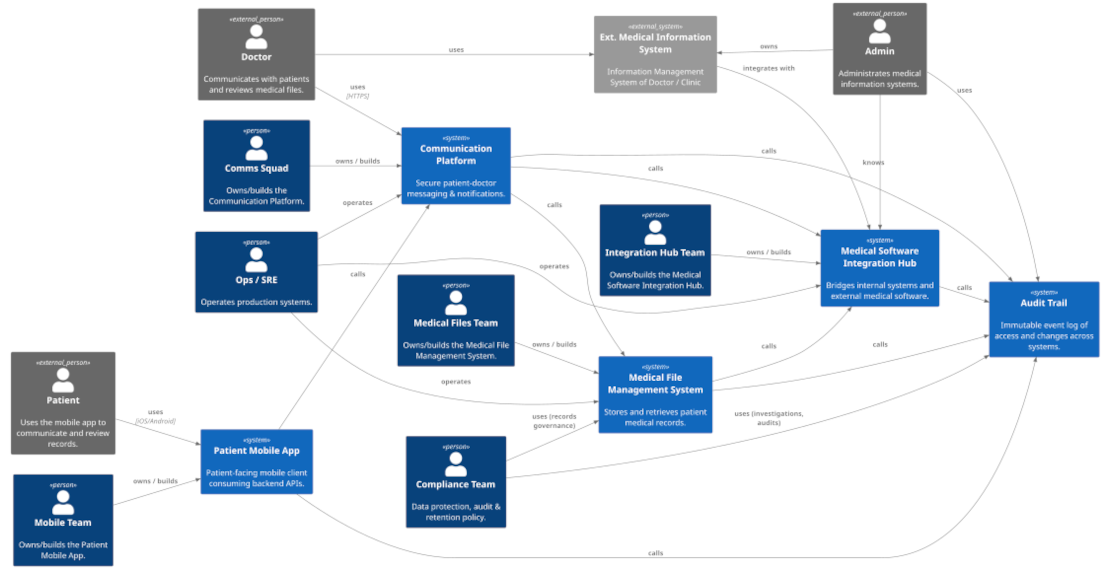
28 Days Later: Surviving Your First Month as a CTO
There’s a tired old trope in leadership circles: “Your first 100 days define your legacy.”
Cute idea. Presidential even. But let’s be real: in a tech org, 100 days is a lifetime. By the time you’re on Day 101, you’re not building credibility – you’re shambling through the hallways, moaning about roadmaps, and scaring interns. In other words: You’re already a Zombie CTO.
You don’t get 100 days. You get 28. Roughly three sprints if you’re on a 10-day cycle, and that’s all the slack you’ll ever get. If you don’t establish trust, show judgment, and land a couple of quick hits by then, you’re at best irrelevant – at worst, undead.
So here’s your 28-day survival guide – not theory, not TED-talk fluff, but field-tested tactics for how to stay alive (and keep your org alive with you).
Read More


